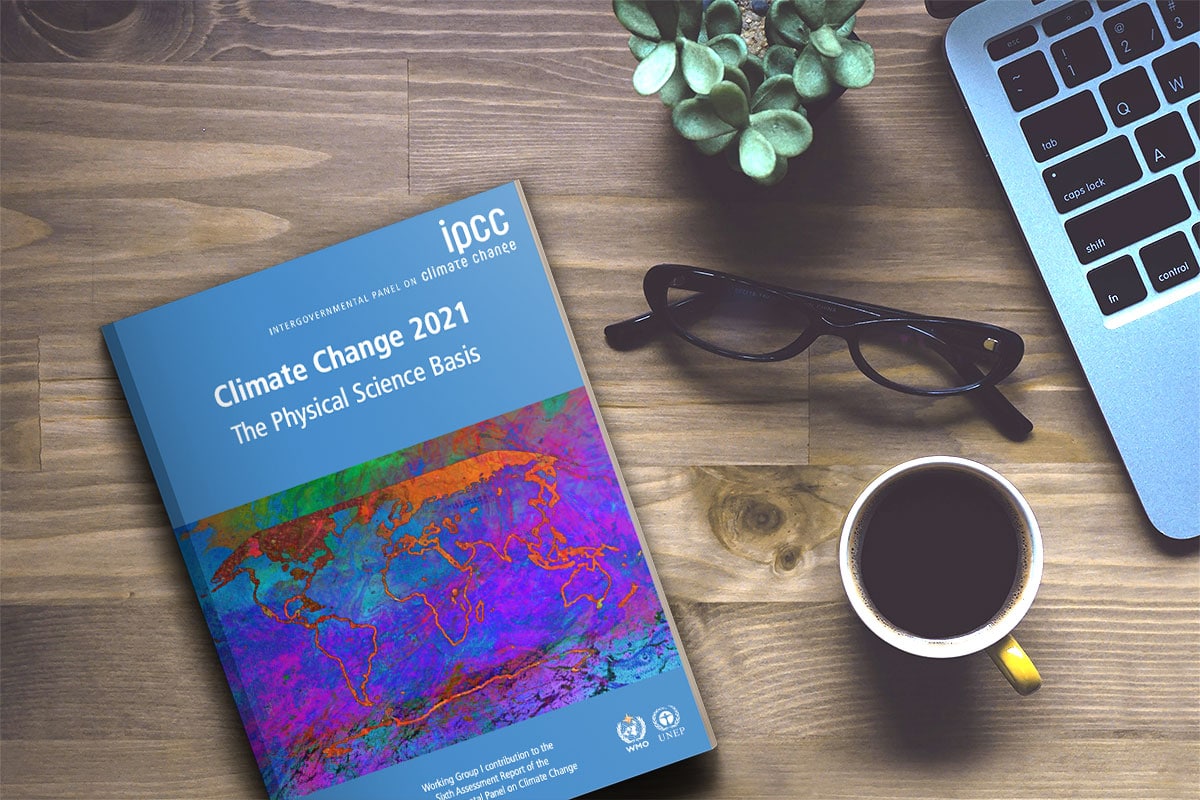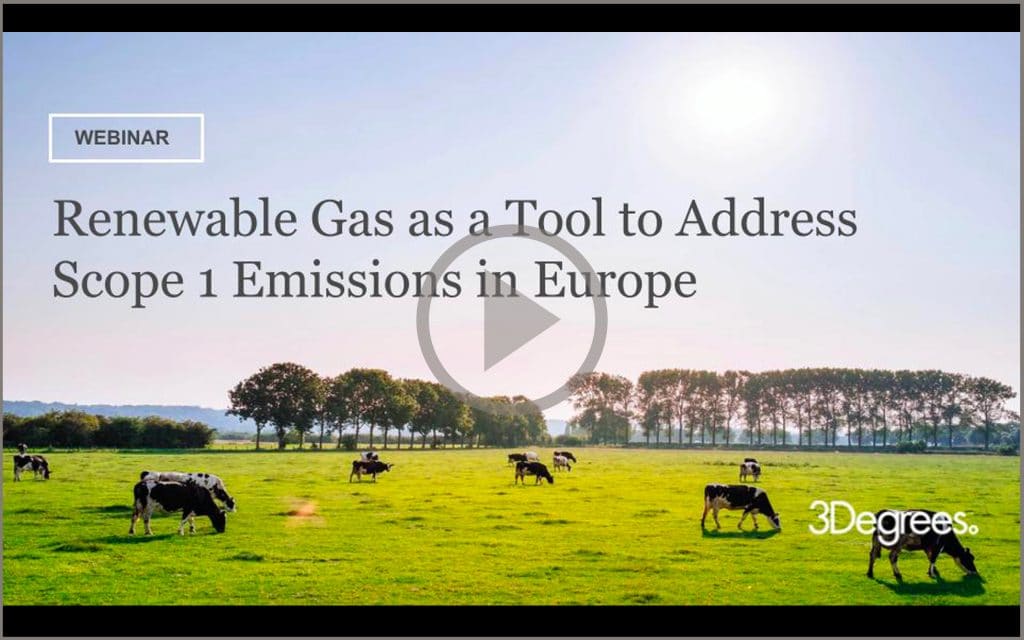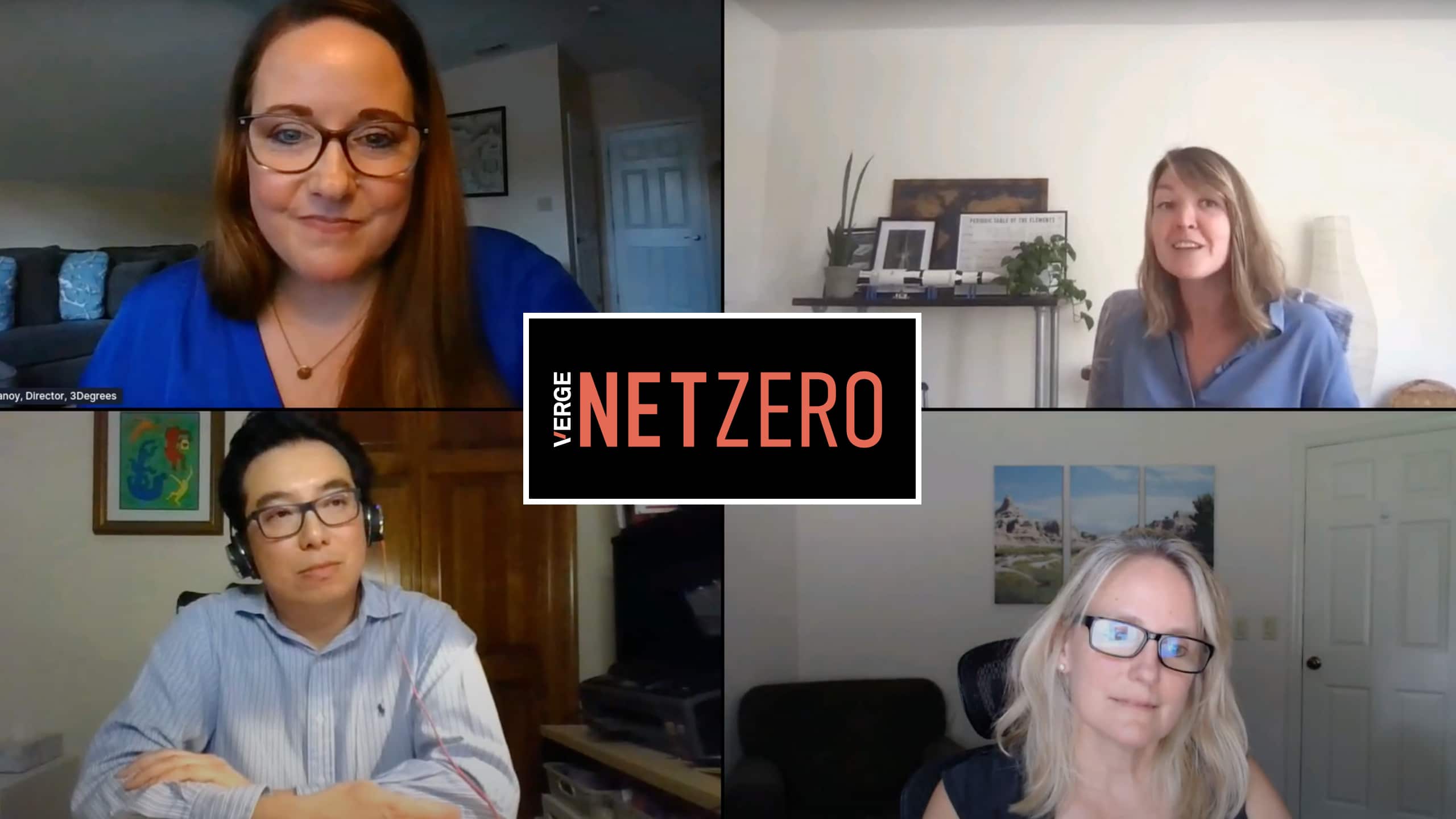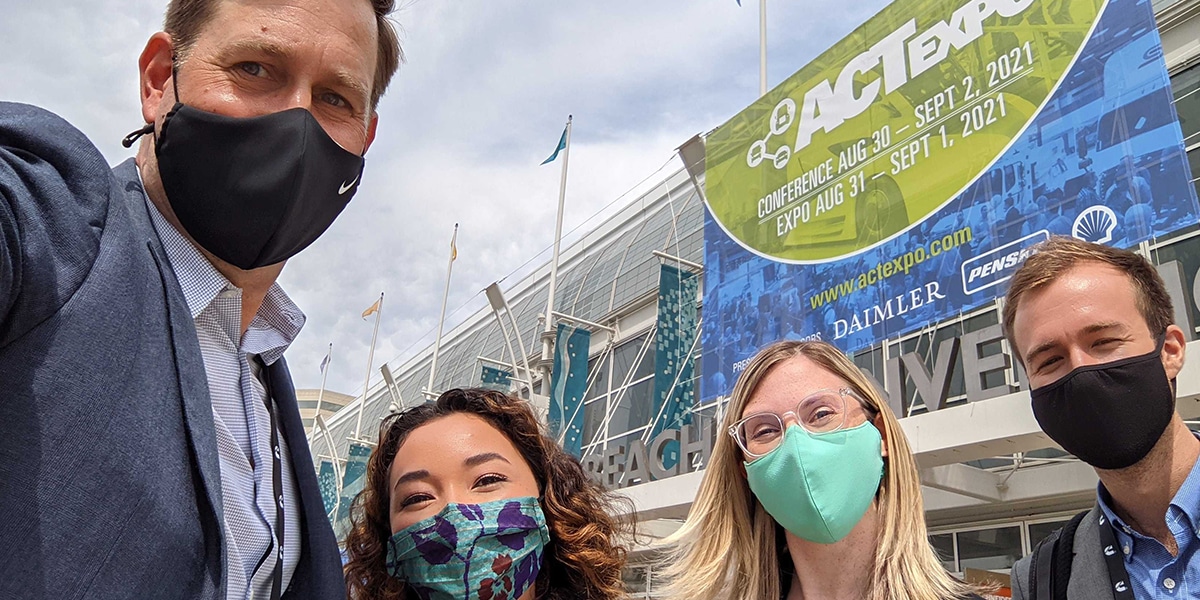
We must support each other and advance equity to advance climate action
Much has been written about the last climate report from the Intergovernmental Panel on Climate Change. As you’ve probably heard, the news is not good. The world is warming, it’s human-caused, and the effects of this change are multiplying quickly. As a professional in the climate space for the past 18 years, I’ve gotten used to receiving bad climate news on a global scale. But as the effects of climate change accelerate into the daily lives of climate and sustainability professionals, we need new ways to deal with the personal impacts, both physically and emotionally.
In today’s world, it’s difficult to stay hopeful and resilient. Yet it’s all the more important for professionals working on climate change to stay the course. We must find better and more equitable ways to care for ourselves, each other, and our community in this next phase of the climate fight.
The climate crisis is hitting home
The effects of climate change have always been difficult to watch and hard to comprehend. Until recently, they have largely been horrors that I’ve observed at a distance.
But climate change has finally arrived on the doorsteps of folks like myself, as well as my friends, colleagues, and 3Degrees clients. Just a few examples:
Much of this summer, my colleagues in the Pacific Northwest struggled to work from home through multiple deadly, record-setting heat waves. Many of them don’t have air conditioning at home, since they had little need for it before the last few summers of escalating heat and wildfires.
Last summer, I was one of hundreds of thousands of Californians whose homes lost power. As wildfires raged, my utility conducted another public safety power shutoff. Despite the disruption to my day, I knew I was lucky to not be evacuating, as so many are forced to do each year.
In recent weeks, many of my colleagues in the Western U.S. sent their children back to school and got a glimpse of what school officials are dealing with in choosing the lesser of two evils: should we open windows and suffer poor air quality from wildfire smoke, or close windows and diminish airflow amid continued COVID risks?
There are countless more stories — across our team, our industry, and the world — that are contributing to growing stress and anger about what climate change is doing to our communities. While the personal disruptions I mentioned are unsettling, I recognize that stories like this — and some that are much more wrenching — are not new. Marginalized communities are experiencing the worst impacts of climate change, and are less able to adapt and recover from the devastation. Just as we need to do more faster to fight climate change, it’s critical that we make that progress with justice and equity at the forefront.
Personal care and community to help us carry on
The climate crisis is a real threat to our mental health and resilience as climate professionals, and the personal effects of extreme weather compound the need to care for ourselves and each other to avoid burnout. It may seem counterintuitive, but this may be a “slow down to go fast” situation. So, what needs to change?
I asked the 3Degrees team to share ideas to stay connected and resilient during these difficult times. Their responses made a few things clear to me.
We need each other
Our teams are continuing to work from home where possible to stay safe as the COVID-19 pandemic stretches on. Remote work can be lonely, and the hope for a “new normal” return to in-person activities has faded into a new round of pandemic-driven distancing. In our discussion, many of my colleagues expressed a desire to reconnect with each other, meet new teammates, and strengthen cross-team connections. Intentional personal connection was a priority for us when the pandemic started, but I realized that effort had fallen off recently, and it was felt among our teammates. We have such a diversity of functions within our team — and we’re lucky enough to be growing. Yet the reality of continuous change combined with physical distancing is a tough recipe for community-building.
I know that we must recommit to connection and actively nurture community at 3Degrees, both during this pandemic, and in the recovery process to come. I think the same can be said for our broader community of climate and sustainability professionals. It takes human connection and honest conversations to keep the home fires burning.
We need time and space to care for ourselves – and employers need to support it
As climate change intensifies and more directly impacts the daily lives of climate professionals, I think we need to reposition our thinking around personal time and work-life balance. I heard from several 3Degrees employees that it is especially hard these days to deal with the stress of managing workloads before and after paid time off, and that some feel hesitant to take time off for mental health or personal wellbeing.
While we offer unlimited paid time off to employees, it may be time to evolve from simply offering time off, to strongly suggesting it. It’s also critical for companies in the climate space to make it easy for employees to access mental health care and resources, and to balance workloads. I realized that we don’t talk regularly about our mental healthcare benefits at work, and it needs to be normalized for everyone. We must empower employees to take time regularly to recharge.
We need new hearts and minds in the fight
As we face the future, there are more challenges to come. There will be more IPCC reports published. There will continue to be disruption in every corner of the world and in peoples’ lives as we work to draw down emissions faster and avoid the worst climate consequences.
We need new recruits in this fight, and we need diverse perspectives to contribute and lead as we do this work. At 3Degrees, we have lots of work to do in this area. While we’ve made great progress on improving diversity in race and gender in our hiring, recent staff feedback shows we have more work to do in improving employee experience and ensuring our workplace culture is inclusive in the day-to-day. I hope many of the ideas above can contribute to that aim. And I’m thinking about how I can make more room for the emerging leaders of the climate movement as they step to the front.
In the end, I encourage you to make space to care for yourself and your communities as you continue to pursue positive action on climate, because we must keep working to fight climate change. Our collective future depends on it. Please, take good care.







Recent Comments